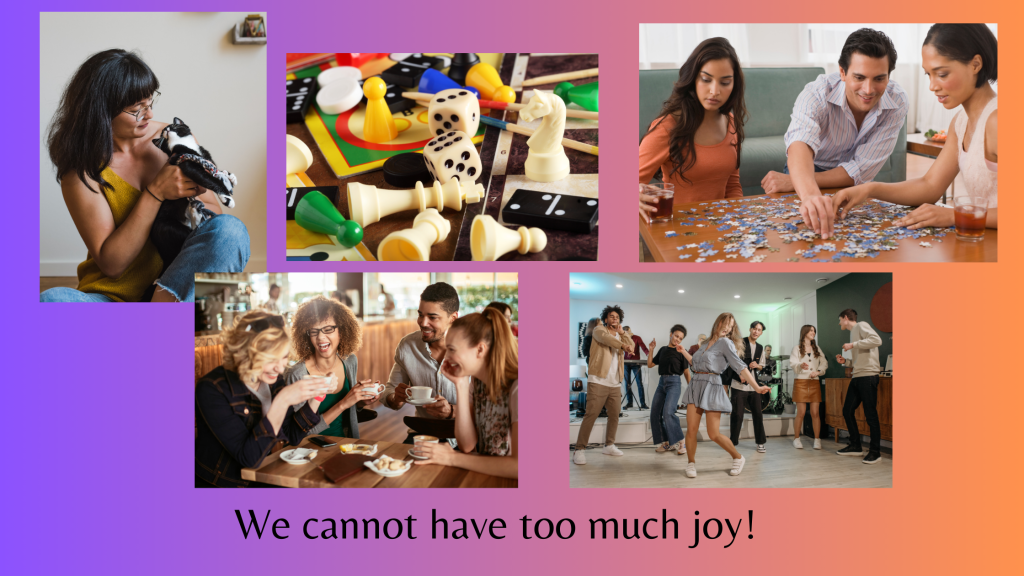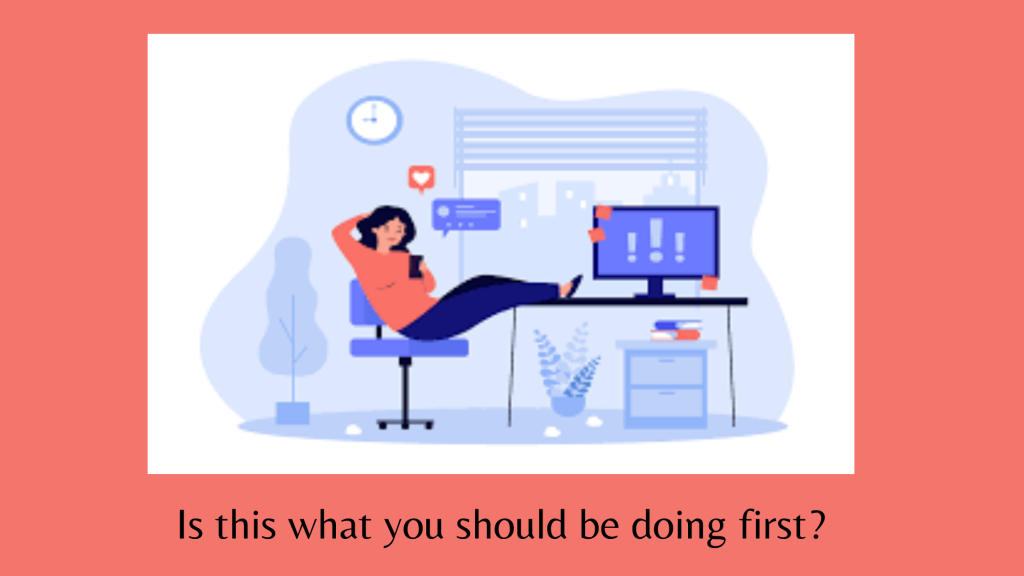
Joy is a wonderful feeling. It swells inside you and bubbles over. Life is great. Things are wonderful. When we consider what brings us joy, it’s usually the big moments: particular holidays, important events such as graduations and weddings. But wonderful as joy is, those special moments occur infrequently throughout the year. Unfortunately, we have too much in our lives that brings us down.
The solution? Find ways to increase our joy.
We can’t miraculously create more of those big events, but there is something we can do to bring “mini-joy” into our days: glimmers. Glimmers are micro-moments of joy – the opposite, in many ways, of micro-stressors. These are the everyday moments which give us a rush of happiness, a moment of gratitude, or a sense of calm, peace, safety and goodwill. That instance when some little thing makes you smile or even catch your breath. You might see a rainbow in a puddle, a tree that has burst into flower overnight, or received an unexpected compliment. Glimmers don’t last long, but they are special.
In the article What Are Glimmers and Why Are They Good for You? the Newport Institute explores how to bring glimmers into your life. According to the blog, the term was coined by Deb Dana who said, “[Glimmers are] micro moments that begin to shape our system in very gentle ways.”
While the times of joy are easily recognized, you need to be alert to glimmers as they appear. Glimmers are the opposite of triggers. One lifts you up, the other pulls you down. Some of the sample Glimmers given include:
- Feeling the warmth of the sun on your skin
- Getting a hug just when you need it
- Stopping to smell flowers in bloom
- Enjoying the feel of the sand between your toes while walking along a beach
- Relishing the taste of your morning coffee or afternoon tea
- Looking at a photograph of someone you love
- Watching a child laugh or a puppy frolic
You can feel the positive effect these Glimmers have on you by how your body reacts. To get the best results from Glimmers, you need to collect them throughout the day. Six suggested ways to gather Glimmers are:
- Set a Glimmer Intention – Set a goal for finding a specific number of Glimmers per day. You can start with one and build on that as you become more aware of them. Pick a time of day to find one and keep your focus.
- Go Where the Glimmers Are – What places are you most likely to find Glimmers? I find them on walks. You might choose a playground, the library, or a special place in your home. When you know where they are – you can seek them out.
- Engage Your Senses – Glimmers can come from any (or many) of your five senses – and the more the better. The sound of birds chirping and the color of their feathers. The feel of the body wash on your skin and its scent as you shower. The taste of a favorite dish or a new one. The smell of a book – and the anticipation of reading it.
- Jot Them Down – Recording when you experienced one keeps the Glimmers present in your mind and reminds you of all the places they can be experienced. The Institute suggests a Glimmer Journal.
- Limit Screen Time – If you are absorbed by your devices, you won’t notice the Glimmers. And if you aren’t focused on screens, you will have more time to engage with people and/or things you enjoy, which brings more opportunities for Glimmers.
- Connect with Others – Humans are, generally, social beings. Find and seek out people who spark Glimmers in you. And tell them of the special place they hold for you.
Glimmers are small, but when collected intentionally, the pay-off is big. Be on the look out for the many Glimmers in your life. You will be more joyful – and less stressed – because of it.








